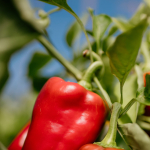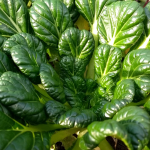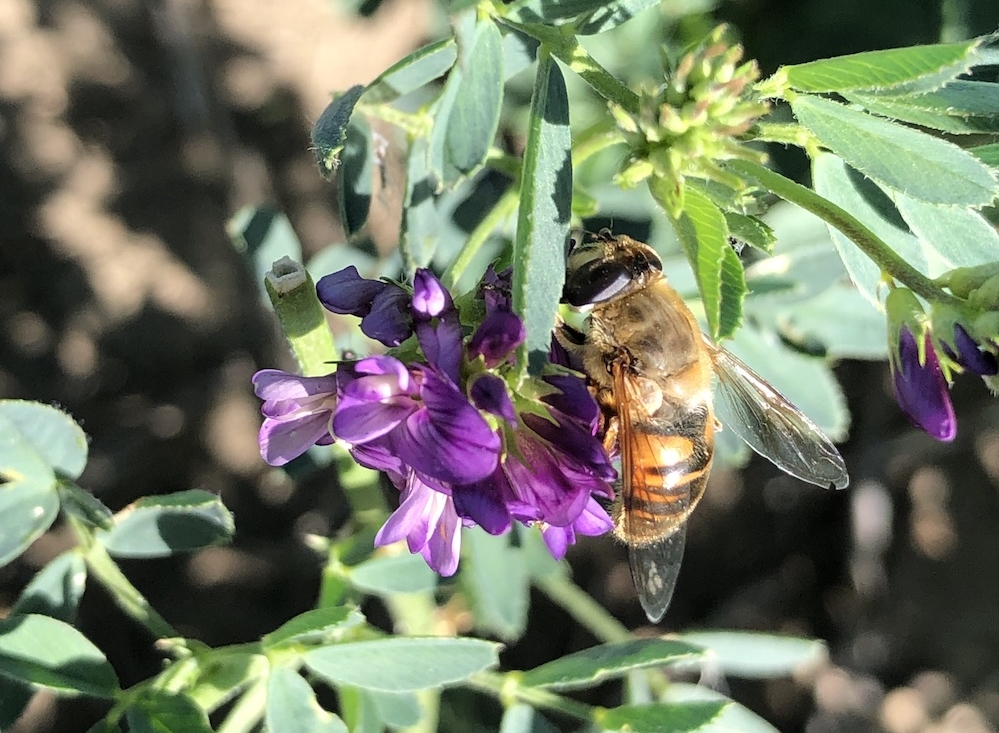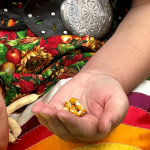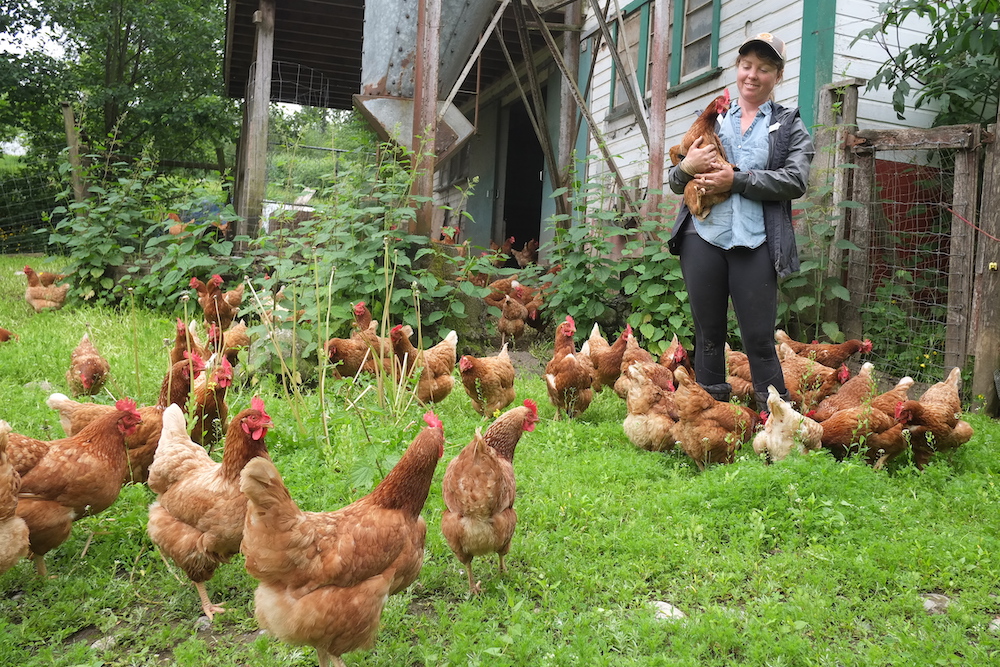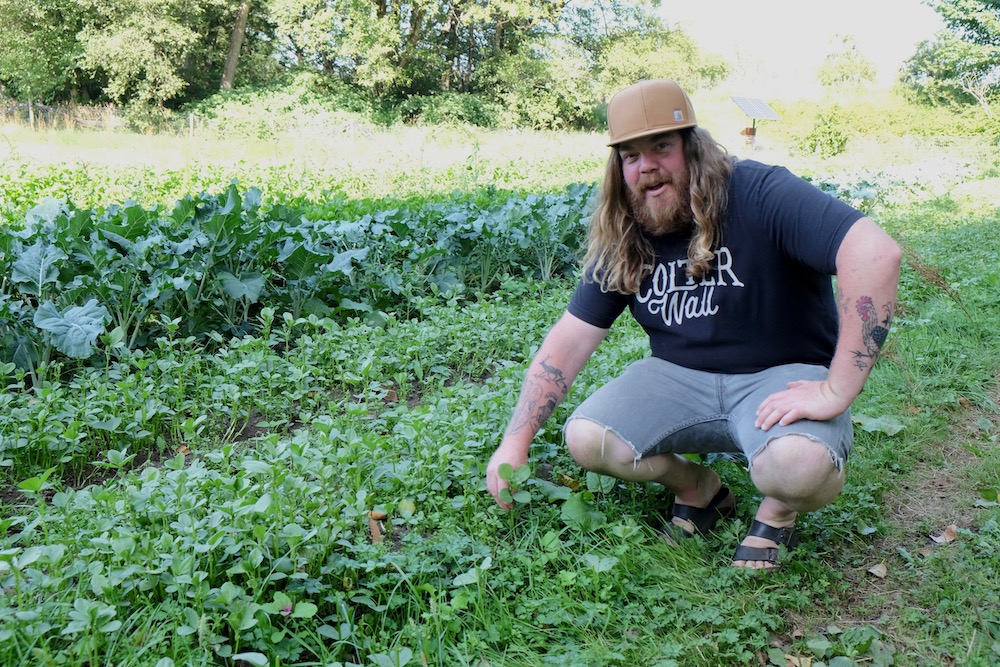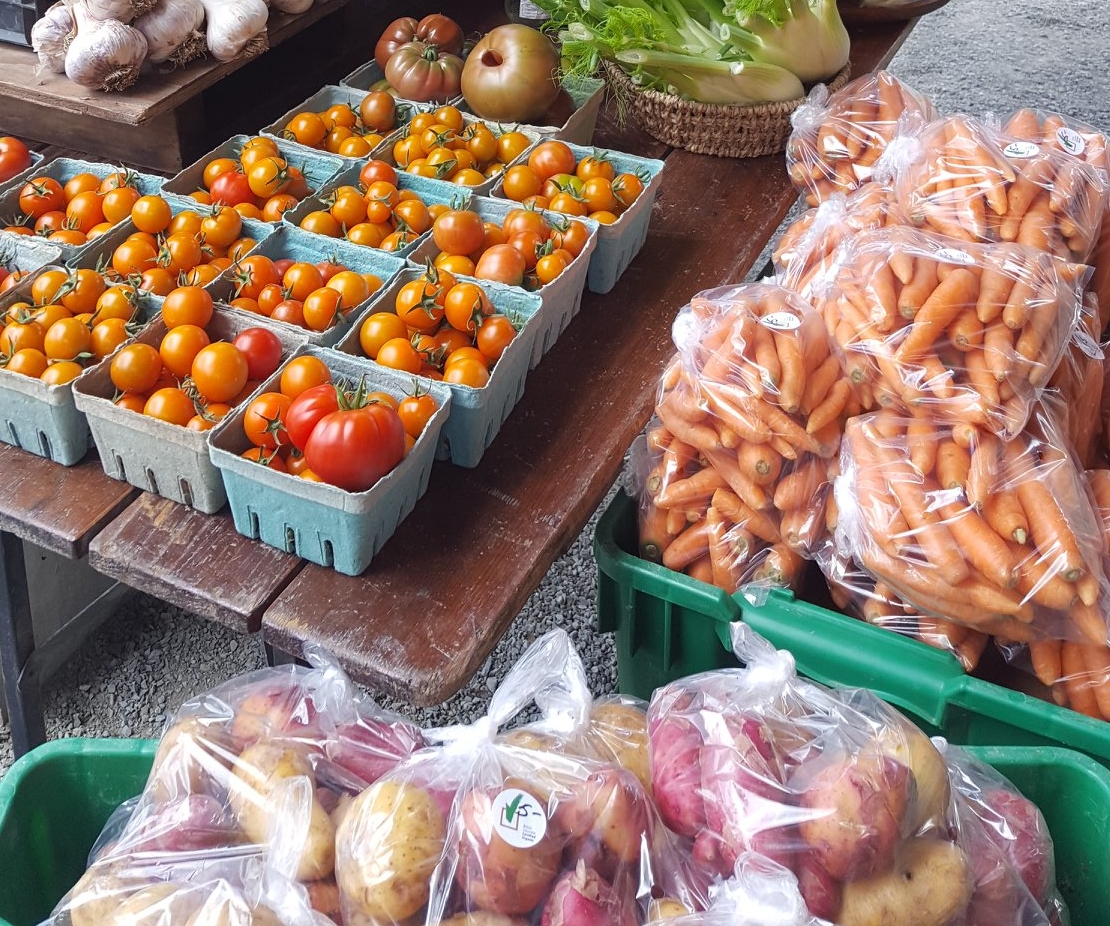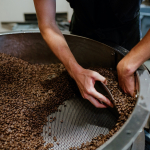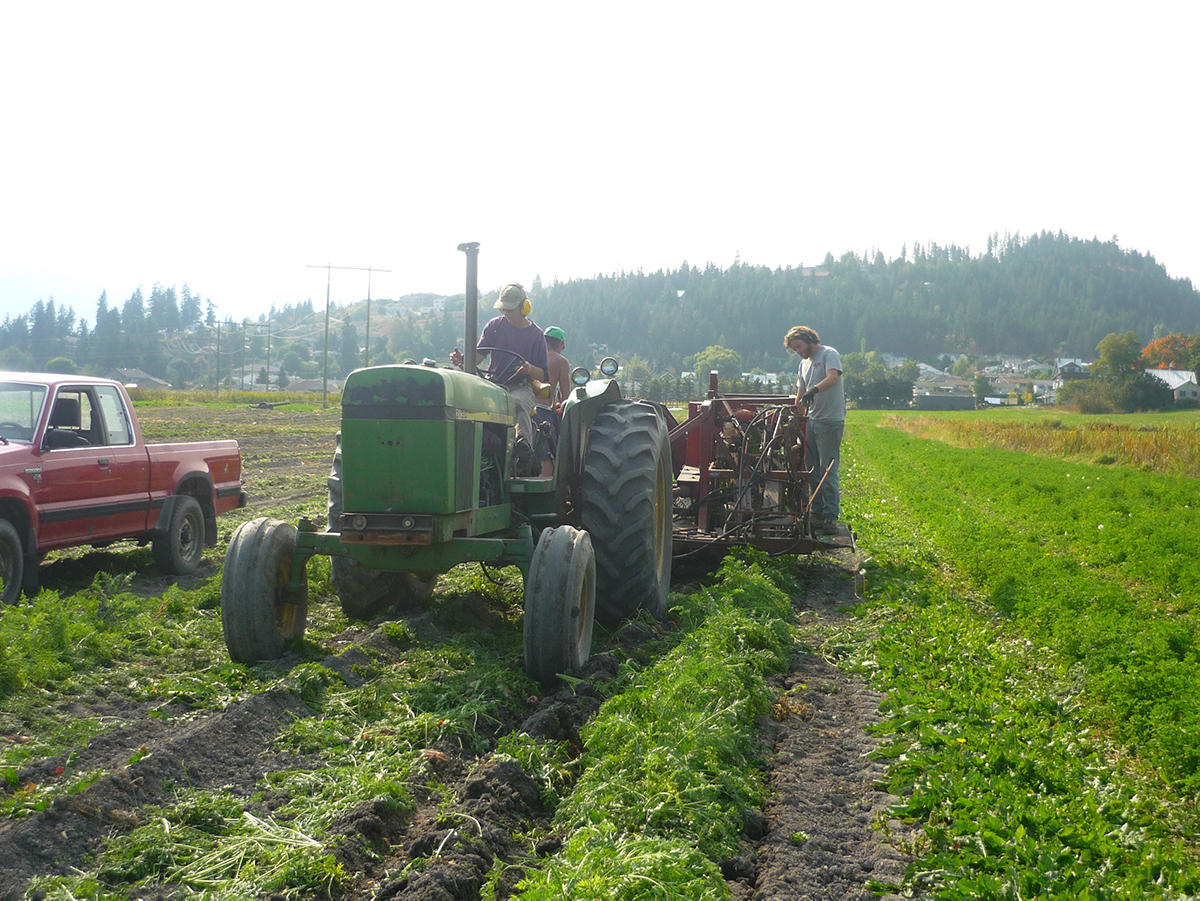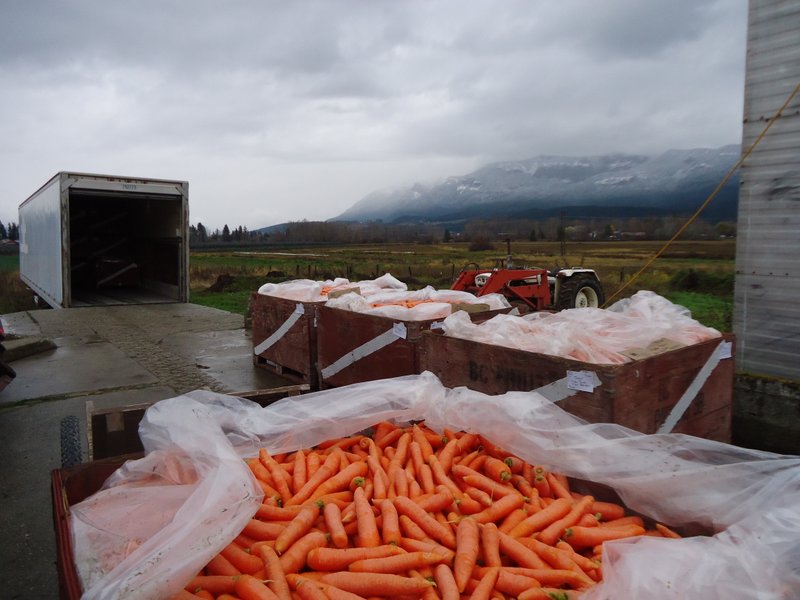First Generation Farmers Find Ease with iCertify Renewal

Amy Lobb & Calum Oliver, Makoha Farm
Corinne Impey
Makoha Farm is owned and operated by Amy and Calum, who began their farming journey in 2019 on 0.6 acres of leased land on Cordova Bay Ridge in Saanich, BC.At Makoha Farm, they want their love of good food to come across in what they grow: providing tasty, healthy, and top-quality produce. They grow a diversity of vegetable crops and have quickly fallen in love with growing flowers for cut arrangements.
Currently at the start of their second year of farming, Mahoka Farm is part of Haliburton Community Organic Farm, a certified organic incubator farm in Saanich, BC.
As they geared up for their 2020 organic renewal with Islands Organic Producers Association earlier this year, they were looking forward to trying iCertify, COABC’s new online organic certification system.
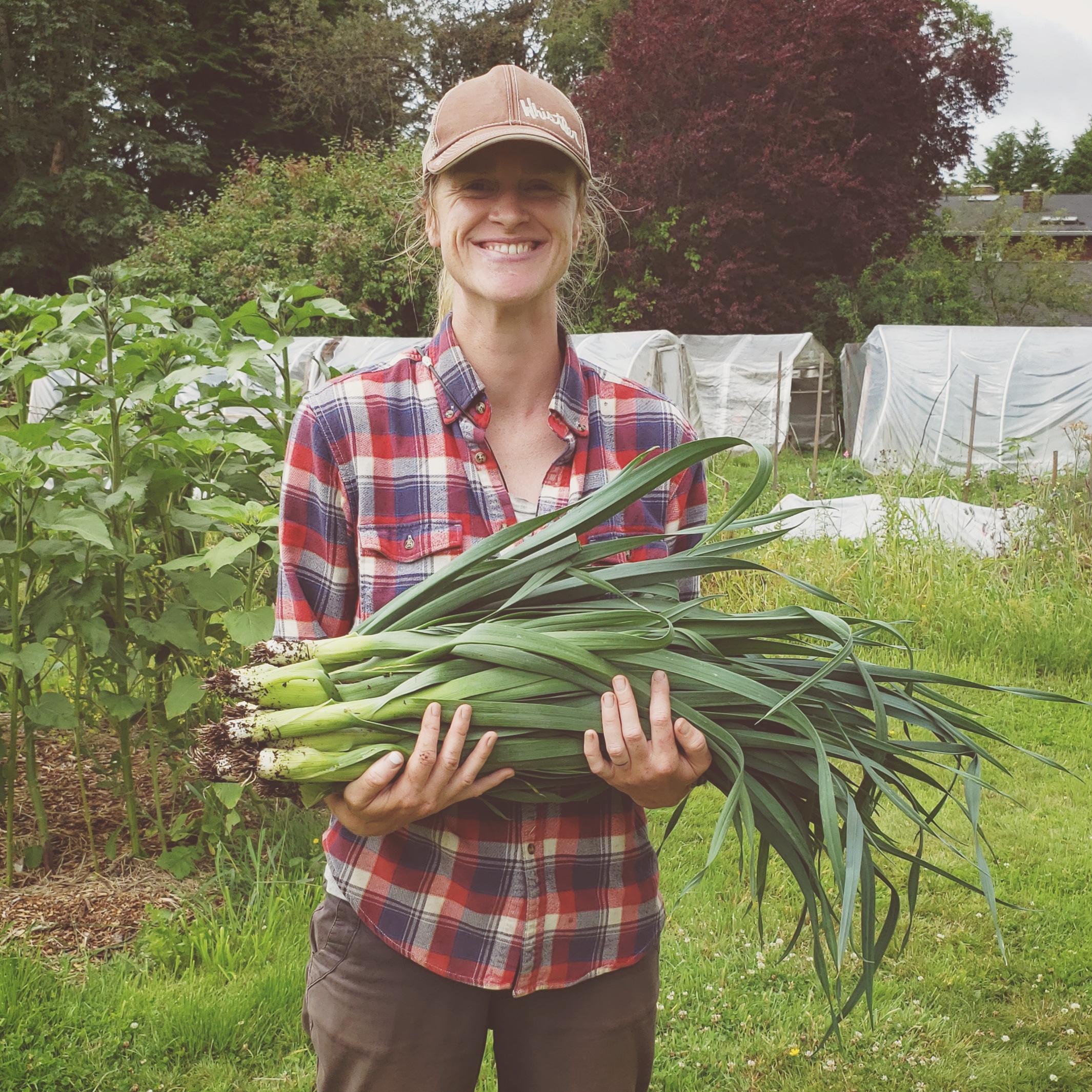
“iCertify was quite simple to use when it came time to do our renewal,” says Amy. “The webinar preview and in-person training sessions were helpful and informative and made the process undaunting. To be honest, I feel that even if I hadn’t done the initial training before starting my renewal I wouldn’t have had any issues.” In particular, Amy found the clear and simple layout easy to follow.
“Also, having the percentage complete bars for each section is a nice touch visually, quickly letting you know if you missed something or giving you peace of mind that you’re almost done.”
Amy looks forward to future renewals where the process will be even more streamlined now that everything lives in iCertify. “It will be interesting to see how everything goes during next year’s renewal,” says Amy. “It should save us time in the future, only needing to update information that may have changed for our operation and uploading our annual forms.”
Time saved doing administration work means more time spent focused on farming. For 2020, Makoha has launched their first flower CSA subscription, which includes a small veggie box add-on option.
“We can’t wait to share this with the community. As the season begins in this world of uncertainty, we’re also happy to be able to still provide the local community with food for their homes. No matter what happens, we will be here growing food and offering it to the public.”
Funding for this project has been provided by the Governments of Canada and British Columbia through the Canadian Agricultural Partnership, a federal-provincial-territorial initiative. The program is delivered by the Investment Agriculture Foundation of BC.
Feature image: Amy and Calum of Makoha Farm. Credit: Amy Lobb



